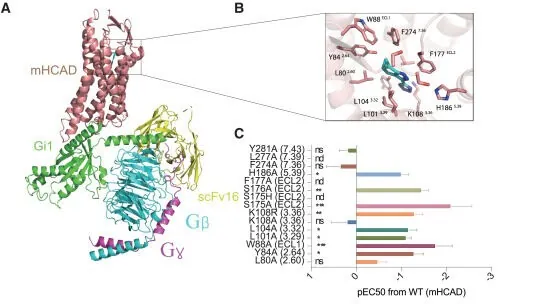
Unveiling the Secret of Nanobubble Stability: A Game-Changer in Chemical Reactions and Agriculture!
2024-12-16
Author: Yu
Introduction
In the realm of chemistry, the significance of gases is undeniable, as they play a crucial role in various reactions. Among the innovative ways to encapsulate these gases in solutions, nanobubbles—a unique type of bubble with diameters smaller than a strand of human hair—have emerged as a groundbreaking solution due to their enhanced stability. Unlike larger bubbles that burst quickly, nanobubbles can remain suspended in liquid for an extended period, optimizing the availability of gases for chemical reactions.
Research Insights
Researchers at Texas A&M University, led by the visionary Dr. Hamidreza Samouei, are delving into the mechanisms that contribute to the remarkable stability of nanobubbles. Their recent findings, showcased in The Journal of Physical Chemistry, highlight that the stability of these minuscule bubbles is primarily influenced by their electric charges and the interactions with the solvent. Additionally, any additives present in the solution play a pivotal role in determining how long these nanobubbles can last.
Economic Implications
Dr. Samouei emphasizes the economic implications of their research: “When we inject gas on an industrial scale, it is vital to maximize its utility for chemical reactions. Our goal is to prolong the presence of gas in solution—ideally for an infinite duration to prevent bursting.” This stipulates that nanobubbles can transform industrial practices, minimizing waste and maximizing efficiency.
Applications of Nanobubbles
The applications of nanobubbles are expansive and ground-breaking. In the realms of wastewater treatment and hydroponics, they are demonstrating significant advantages. For instance, hydroponic systems utilizing nanobubbles have reported remarkable plant growth, leading to larger and healthier crops. The increased availability of oxygen in the water creates a favorable environment for plant development and productivity.
Broader Implications
Moreover, the implications of nanobubbles extend beyond agriculture. Researchers are currently exploring their potential in a method known as brine mining, where carbon dioxide is injected into saltwater solutions to extract essential minerals. This method is crucial for producing materials used in technologies like lithium batteries and magnesium fertilizers. Dr. Samouei indicated that utilizing nanobubbles to boost carbon dioxide concentrations could revolutionize these extraction processes, enhancing both efficiency and effectiveness.
Collaborative Research
With the collaborative efforts of experts like Dr. Mohammadjavad Karimi and Dr. Gholamabbas Parsafar, this research not only contributes valuable insights to the scientific community but also hints at a future where nanotechnology could play an integral role in sustainable practices across various industries. The fascinating world of nanobubbles is just beginning to unfold, setting the stage for innovative advancements in chemical engineering, agriculture, and beyond.



 Brasil (PT)
Brasil (PT)
 Canada (EN)
Canada (EN)
 Chile (ES)
Chile (ES)
 España (ES)
España (ES)
 France (FR)
France (FR)
 Hong Kong (EN)
Hong Kong (EN)
 Italia (IT)
Italia (IT)
 日本 (JA)
日本 (JA)
 Magyarország (HU)
Magyarország (HU)
 Norge (NO)
Norge (NO)
 Polska (PL)
Polska (PL)
 Schweiz (DE)
Schweiz (DE)
 Singapore (EN)
Singapore (EN)
 Sverige (SV)
Sverige (SV)
 Suomi (FI)
Suomi (FI)
 Türkiye (TR)
Türkiye (TR)